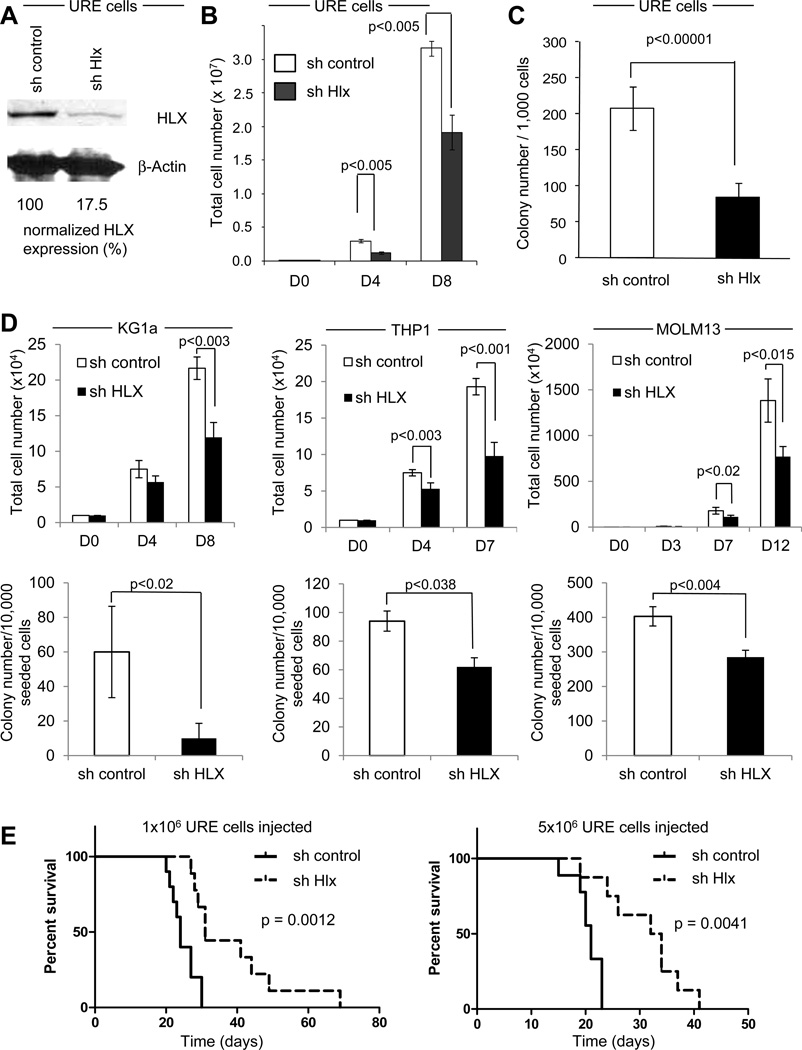Figure 4. HLX downregulation inhibits AML.
Lentiviruses expressing short hairpins directed against Hlx (sh Hlx) or a control (sh control) were used to downregulate HLX in mouse AML cells (panels A–C) and human AML cells (sh HLX) (panel D). (A) Western blotting shows a >80% reduction of HLX protein by shRNA. (B) Cell proliferation kinetics were determined by manual cell counts using trypan blue exclusion (N=3) in sh control cells (white bars) and sh Hlx cells (black bars). Different time points (days) are indicated. Error bars indicate SD (C) Clonogenic assay of URE cells treated with sh control or sh Hlx. 1,000 cells each were cultured in methylcellulose and GFP+ colonies were counted. Error bars indicate SD (N=3). (D) Cell proliferation kinetics in suspension culture (top panel) and clonogenicity (bottom panel) of human AML cells (KG1a, left panel; THP1, middle panel; MOLM13, right panel). Time points (days) are indicated. Error bars (SD) and statistical significance is indicated (t test, N=4). (E) Transplantation of URE cells transduced with sh control or sh Hlx into NSG mice. 1 million (left panel) or 5 million cells (right panel) were retroorbitally injected into NSG mice after sublethal irradiation (250cGy). Kaplan-Meier curves of overall survival of recipient mice are displayed. p values (log-rank) are indicated. See also Fig. S4 for additional data.

